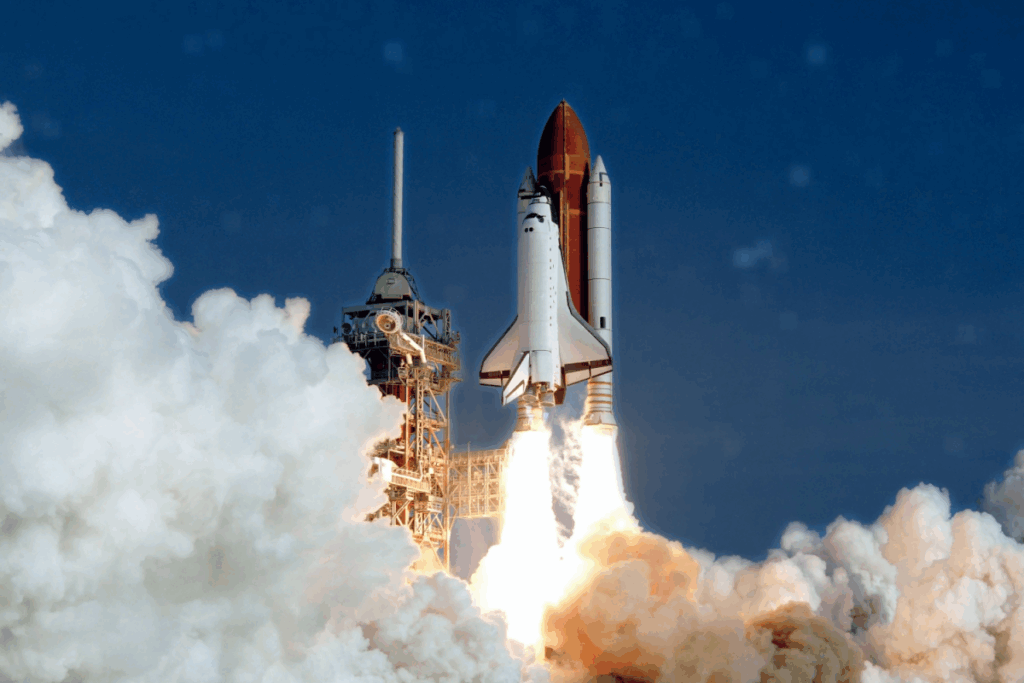A New Chapter in the Space Station’s Legacy
The upcoming Crew-11 mission, a joint effort between NASA and SpaceX, represents the next phase in nearly a quarter-century of continuous human presence aboard the International Space Station (ISS). The crew is currently finalizing preparations at facilities in Florida, ready to contribute to the station’s long-standing role as a hub for space-based research and technological innovation. Upon reaching orbit, the astronauts will dive into a robust schedule of scientific experiments designed to improve life on Earth and support future exploration of the Moon and Mars.
Their mission will contribute directly to global efforts to extend human presence deeper into the solar system, building on decades of discoveries made in low Earth orbit. Crew-11 is not only tasked with maintaining this legacy but also with pushing the boundaries of human understanding in space environments.
Health and Human Adaptation in Microgravity
A primary focus of the mission centers on human health. As part of NASA’s larger objectives tied to the Artemis campaign and eventual Mars expeditions, Crew-11 will perform research that explores how the human body responds to extended space travel. Several of these experiments aim to resolve critical challenges faced by astronauts in low gravity environments.
One study will monitor changes in fluid distribution within the body that can impact brain pressure and vision. To manage and measure these effects, some astronauts will wear specially designed thigh cuffs intended to limit the upward flow of fluids. Another investigation will evaluate how the body metabolizes B vitamins in microgravity, along with the potential of dietary supplements to mitigate fluid-shift symptoms.
Additional assessments will map how various physiological systems change in space over time. These will include vision tests, MRI imaging, and other diagnostics that offer a full-body perspective on adaptation to space. These data are expected to yield valuable insights for both medical planning and spacecraft design in upcoming missions.
Simulated Landings and Return Evaluations
Beyond health experiments, the mission also includes simulations that mimic lunar landing conditions. These exercises, conducted before, during, and after the mission, aim to better understand how astronauts experience disorientation under different gravitational forces. The results will inform how future lunar landers are designed and piloted, especially under complex physical conditions.
Following their return to Earth, select Crew-11 members will complete surveys evaluating any discomfort or physical strain from re-entry. These observations will help determine whether longer space missions increase vulnerability to injury and will support the development of improved landing systems for next-generation spacecraft.
Such research is essential not only for astronaut safety but also for ensuring the efficiency and reliability of future missions to destinations far beyond Earth’s orbit.
New Frontiers in Biomedical and Agricultural Research
While the mission prioritizes astronaut health and operational readiness, Crew-11 will also contribute to several groundbreaking scientific projects. These include developing new techniques for producing stem cells in space, with the goal of advancing regenerative medicine. The microgravity environment offers unique conditions that can enhance the growth and quality of stem cells, potentially enabling more effective treatments for patients on Earth.
The astronauts will also explore innovative ways to combat bacterial infections and test agricultural methods suitable for long-term space missions. These studies are part of a broader effort to create sustainable life-support systems that can operate independently of Earth, a necessity for deep-space exploration.
Together, these experiments not only deepen humanity’s understanding of biology and medicine in space but also lay the groundwork for future off-world colonies and autonomous health care solutions.
The Crew-11 mission stands as a testament to the growing importance of science in space. With a strong focus on health, performance, and innovation, the crew is poised to deliver insights that stretch far beyond Earth’s atmosphere. Their work will not only contribute to the continued success of the ISS but will also shape the tools and knowledge required to take the next giant leap toward the Moon, Mars, and beyond.



